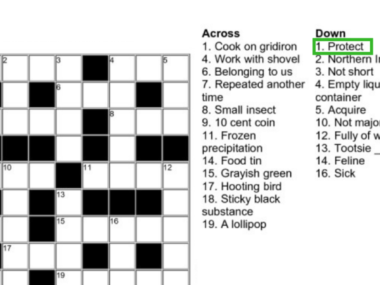
This ratio does not account for the impact of cm ratio is equal to 1 – ratio. a product on the bottleneck operation of a company. A low contribution margin may be entirely acceptable, as long as it requires little or no processing time by the bottleneck operation. Suppose you’re tasked with calculating the contribution margin ratio of a company’s product.

When to Use the Contribution Margin Ratio

Investors and analysts use the contribution margin to evaluate how efficient the company is at making profits. For example, analysts can calculate the margin per unit sold and use forecast estimates for the upcoming year to calculate the forecasted profit of the company. This is the net amount that the company expects to receive from its total sales. Some income statements report net sales as the only sales figure, while others actually report total sales and make deductions for returns and allowances.
- To reduce a ratio, find the greatest common factor of the left and right sides.
- The variable cost ratio is the proportion of sales revenue that goes towards covering variable costs.
- Assisting the DoD through critical maintenance and overhaul periods with logistics planning, ILS Certifications, Technical Referrals, and Diminishing Manufacturing Sources and Material Shortages (DMSMS), and asset management.
- A higher price with stable variable costs increases the ratio, as additional revenue directly contributes to fixed costs and profit.
- The contribution margin is 40% which means 40% of the total net sales revenue generated during the year is available to cover all fixed expenses as well as generate profit for the business.
- Just because your second product netted more revenue than your first doesn’t mean it’s a more profitable item.
Limitations of Contribution Margin

When used on an individual unit sale, the adjusting entries ratio expresses the proportion of profit generated on that specific sale. Break-even analysis is essential for navigating economic fluctuations or market uncertainties. During downturns, companies may explore reducing fixed costs or increasing the contribution margin ratio through cost-cutting to lower the break-even point. Accurate and transparent analyses, aligned with accounting standards like IFRS or GAAP, build stakeholder confidence in the company’s financial health. Similarly, we can then calculate the variable cost per unit by dividing the total variable costs by the number of products sold.
How to Convert inches (in) to centimeters (cm)
If the contribution margin is too low, the current price point may need to be reconsidered. In such cases, the price of the product should AI in Accounting be adjusted for the offering to be economically viable. Shaun Conrad is a Certified Public Accountant and CPA exam expert with a passion for teaching. After almost a decade of experience in public accounting, he created MyAccountingCourse.com to help people learn accounting & finance, pass the CPA exam, and start their career.
- The contribution margin measures how efficiently a company can produce products and maintain low levels of variable costs.
- Proportion in sales of each product is worked by dividing the product sales by total sales, i.e. $16,000,000 divided by $21,750,000 equals 73.56%.
- Where C is the contribution margin, R is the total revenue, and V represents variable costs.
- The contribution margin shows how much additional revenue is generated by making each additional unit of a product after the company has reached the breakeven point.
- This ratio helps determine the minimum price necessary to maintain financial viability, providing a buffer for unexpected costs or market shifts.
- By identifying the portion of revenue exceeding variable costs, businesses can set prices that maximize profitability while staying competitive.
The breakeven analysis can be complemented by margin of safety analysis. If you want to know the scale factor(ratio) between two lengths,try this scale factor calculator,It helps us calculate the scale ratio more easily. It’s important to note that the metric system, including the centimeter, is the globally accepted standard for scientific, technical, and international purposes. However, in some countries that have not fully transitioned to the metric system, such as the United States, inches and feet may still be commonly used in everyday life.
- Using the provided data above, we can calculate the price per unit by dividing the total product revenue by the number of products sold.
- On the other hand, the net profit per unit may increase/decrease non-linearly with the number of units sold as it includes the fixed costs.
- The contribution margin income statement separates the fixed and variables costs on the face of the income statement.
- The higher the number, the better a company is at covering its overhead costs with money on hand.
- On the other hand, the gross margin metric is a profitability measure that is inclusive of all products and services offered by the company.



